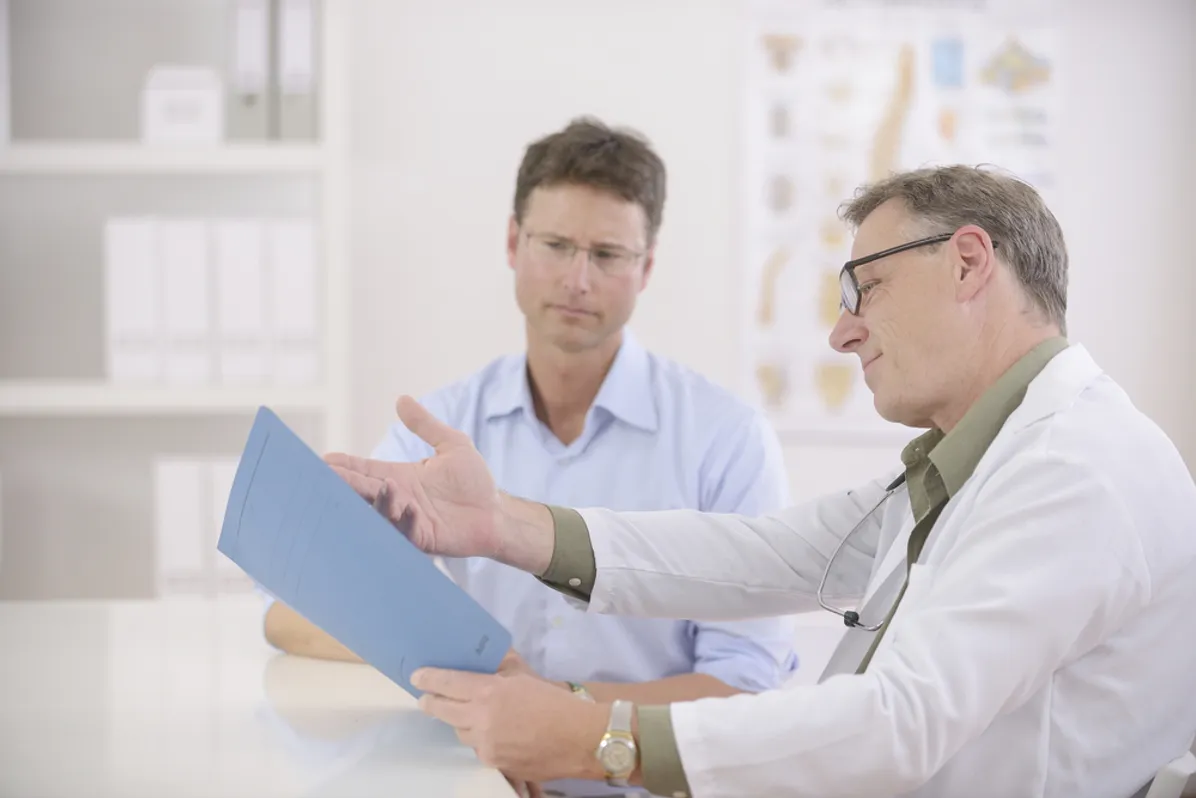We’ve all heard of “bad” cholesterol, or LDL. Anyone can find themselves with high LDL levels, putting your heart and health at risk. Continue reading to find out how to lower your levels:
Consuming Foods That Help Lower LDL
Foods that lower cholesterol work in different ways. Some deliver polyunsaturated fats that greatly reduce LDL, while others deliver soluble fiber that combines with the cholesterol in the digestive system and later eliminate them from the body before they are absorbed.
Some of the foods that you should consume to lower LDL include:
Whole Grains
Whole grains such as barley can help in reducing the risks of heart diseases by using their soluble fiber.
Oats
One of the easiest ways of reducing and improving your cholesterol levels is by taking oatmeal or any other oat-based cereals. Oatmeal contains soluble fiber that helps by reducing the amount of cholesterol absorbed into the body. You can enhance your oatmeal with more soluble fiber by adding strawberries or bananas. Many nutritionists recommend that a person should take at least 25 to 35 grams of fiber every day, and at least 8 to 10 grams being soluble fiber.
Beans
Beans are very rich in soluble fiber, and the body does not absorb them very quickly. Therefore, you will feel full for a longer period after taking your meal. This means that if you are also trying to lose weight, beans can help you to achieve this goal. Beans are a versatile type of food, and you have several choices including garbanzos, navy, lentils, and kidney beans among many others.
Nuts
Many researchers have agreed that eating peanuts, walnuts, almonds and other types of nuts will keep your heart healthy. Additionally, if you take at least 2 ounces of nuts daily you can lower LDL in your body.
Citrus fruits, grapes, apples, and strawberries
All these fruits contain high levels of pectin, a soluble fiber that has been found to lower LDL.
Soy
Soybeans and other foods that are made from them including soy milk and tofu are powerful in reducing cholesterol. You can experience rapid changes in your cholesterol levels by taking 30 grams of soy protein every day. Doing this will lower the LDL by up to 7%.
Vegetable oils
Replace butter or lard with vegetable oils such as sunflower, canola, and safflower among others when cooking to experience a change in LDL.
Fatty fish
Take fish at least twice per week to lower LDL. Fatty fish reduces LDL in two ways: by replacing the meat in your body that is saturated with fats, and by increasing the levels of omega-3 fats that have low LDL. Omega-3 fats also prevents abnormal heart rhythms and keeps your heart healthy.
Your lifestyle choices and diet will determine whether you will experience an increase in harmful LDL and a reduction in protective HDL. Genes also play a vital role too. This is because most people are genetically wired to respond to what they consume. However, you cannot change your genes but can change the following unhealthy foods from your diet:
Trans Fats
Your body requires zero amounts of trans fats. Trans fats are byproducts of the chemicals used to convert vegetable oils into margarine. These chemicals prevent the vegetable oils from turning rancid. Contrary to common belief, trans fats don’t have any nutritional values, and they can increase the chances of experiencing heart problems. Trans fats will also increase triglyceride levels in your body while lowering HDL cholesterol at the same time. This, in turn, increases LDL cholesterol.
Currently, in the U.S, trans fats have been banned. Many restaurants and food suppliers have already changed and adopted healthier fats.
Saturated Fats
Some of the common sources of saturated fats include animal products such as eggs, red meat, whole-fat dairy products, and a few types of vegetable oils such as cocoa butter, coconut oil, and palm oil. Although the saturated fats increase the levels of LDL cholesterol, they also have some benefits such as increase in the levels of HDL cholesterol and lower levels of triglycerides in the body. However, although the saturated fats have some benefits, the disadvantages outweigh the advantages. Therefore, reduce the intake of saturated fats.
Exercise
It is important to keep fit and exercise regularly especially if you are obese. Excess weight has been found to increase the levels of LDL and not exercising reduces the levels of HDL. However, exercising and losing weight can reverse such a trend.
Not all people can reduce their cholesterol levels by exercising and consuming foods with soluble fiber regularly. In such a situation, your doctor can advise you to combine medication together with a change in your lifestyle. There are different drugs that have been manufactured to lower LDL, and your doctor can help you choose the best by explaining how they work.
The Latest Cholesterol Treatment Options
Statins
These are the most common types of cholesterol medication that your doctor can prescribe to help your body in lowering LDL. These medicines lower triglycerides, increase HDL cholesterol, and they lower the chances of cardiovascular complications such as heart attacks.
Some of the common statins include:
- Simvastatin
- Pravastatin
- Fluvastatin
- Atorvastatin
- Lovastatin
- Rosuvastatin
- Pitavastatin
Side Effects
Statins have been found to cause intestinal complications, muscle inflammation, and in some rare cases liver damage. Type 2 diabetes and high blood sugar can also be more likely while using this type of medication, although the chances are small. The FDA has found that statins have more advantages than disadvantages.
Statins like any other drug can react with other drugs that you may be taking, and you should inform your doctor beforehand so that he or she can check on it first before you proceed. Also, you should not eat grapefruits or drink grapefruit juice while under this medication. Grapefruit has been found to inhibit the efficiency of this type of medication.
Niacin
This is a type of B vitamin and is also referred to as nicotinic acid. It can be found in food, but a prescription has higher doses that can lower LDL quickly and increase HDL. Researchers have also found out that taking niacin drugs after statins will reduce the chances of experiencing heart-related diseases.
Examples of common Niacin medication include:
- Nicoar
- Niaspan
Side Effects
The main demerits of using niacin include itching, headaches, flushing, and tingling.
Fibrates
These are drugs that reduce the manufacture of triglycerides and increase the levels of HDL cholesterol.
Examples of fibrates include:
- Gemfibrozil
- Fenofibrate
Drugs That Are Manufactured to Work in The Intestine
These drugs are also called bile acid sequestrants or bile acid resin. They work by preventing the bile released by the liver to flow back into the blood.
Bile is mostly made from cholesterol. Therefore, these drugs reduce the supply of cholesterol. People who have previously experienced heart complications are discouraged from combining this drug with statins. Research has indicated that such people are at risk of experiencing another heart attack if they do.
Examples of these drugs include:
- Cholestyramine
- Colestipol
- Colesevelam
A different type of this medicine is ezetimibe which lowers the levels of LDL, and it works by stopping cholesterol absorption into the body in the small intestine.
Side Effects
Bile acid drugs cause stomach upsets, constipation, and gas. Ezetimide, on the other hand, causes diarrhea and muscle, back, and abdominal pains.
PCSK9 inhibitors
These are medications that are used mostly by people who cannot manage the levels of cholesterol in their bodies through other modes of treatment and lifestyle changes. These drugs block a protein that is referred to as PCSK9 to ease the task of removing LDL from your blood.
These drugs are mostly prescribed for adults who have been found to have inherited a genetic condition known as heterozygous familial hypercholesterolemia. This condition makes it hard for patients to reduce the level of cholesterol in their bodies especially if they had a heart disease before, and they require more than statin to control their cholesterol. These drugs are administered through injections, and your doctor will give you a shot after every two weeks.
Examples of PCSK9 inhibitor drugs include:
- Evolocumab
- Alirocumab
Side Effects
Pain, swelling, and itchiness at the spot where you get injected. Colds and flu, skin reactions, and back pains.

